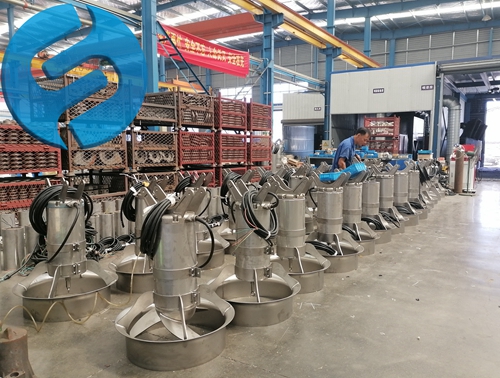Sewage treatment equipment plays a vital role in the sewage treatment process, and their main roles include the following aspects:

1. Pretreatment:
- Remove large particles of impurities: Remove large particles of solid matter, such as paper scraps and plastic debris, from the sewage through devices such as grilles to prevent these impurities from damaging subsequent treatment equipment.
- Removal of grit and grease: Equipment such as sand ponds and oil ponds are used to separate and remove grit and grease from sewage to reduce interference with subsequent biological treatment processes.
2. Primary treatment:
- Removal of suspended matter: through the sedimentation tank and other equipment, the use of gravity to precipitate the suspended matter in the sewage, so as to purify the water.
3. Intermediate treatment (biological treatment) :
- Organic matter degradation: Through biological treatment technology such as activated sludge method, the use of microbial metabolism to degrade organic matter in sewage, reduce BOD(biochemical oxygen demand) and COD(chemical oxygen demand) in water, so as to improve water quality.
Nitrogen and phosphorus removal: In specific biological treatment processes, nitrogen and phosphorus in sewage can be removed to reduce the eutrophication of water bodies.
4. Advanced processing:
- Deep purification: through chemical treatment and physical treatment methods, such as precision filtration, reverse osmosis, etc., to further remove small particles and dissolved substances in sewage, improve the purity of water quality.
5. Disinfection and dosing treatment:
- Disinfection and sterilization: by adding disinfectants such as chlorine, ozone, etc., to kill pathogenic microorganisms in sewage and ensure the safety of effluent.
- Chemical regulation: Specific chemicals are added to the sewage through the dosing device to adjust the pH value of the sewage, remove heavy metal ions, etc.
6. Monitoring and control:
- Online monitoring: real-time monitoring of various indicators in the sewage treatment process, such as pH value, dissolved oxygen, turbidity, etc. through the online monitoring device to ensure the treatment effect.
- Automatic control: Modern sewage treatment equipment is usually equipped with automatic control systems, which can adjust treatment parameters in real time according to monitoring data, improving treatment efficiency and stability.
In summary, the main function of sewage treatment equipment is to remove harmful substances in sewage, improve water quality, and protect the environment and human health. Different types of sewage treatment equipment play their unique roles in the sewage treatment process, and together constitute a complete sewage treatment system.
Post time:2024-06-03